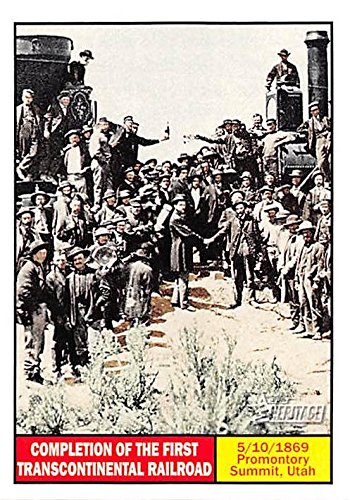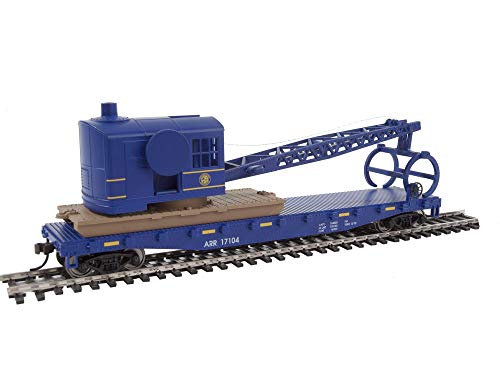jis
Permanent Way Inspector
Staff member
Administator
Moderator
AU Supporting Member
Gathering Team Member
WSP is now the official engineering and professional services firm for the long planned Michigan North-South Passenger Rail Project
https://www.traverseticker.com/news/michigan-passenger-rail-project-finds-its-lead-consultant/
https://www.traverseticker.com/news/michigan-passenger-rail-project-finds-its-lead-consultant/























































